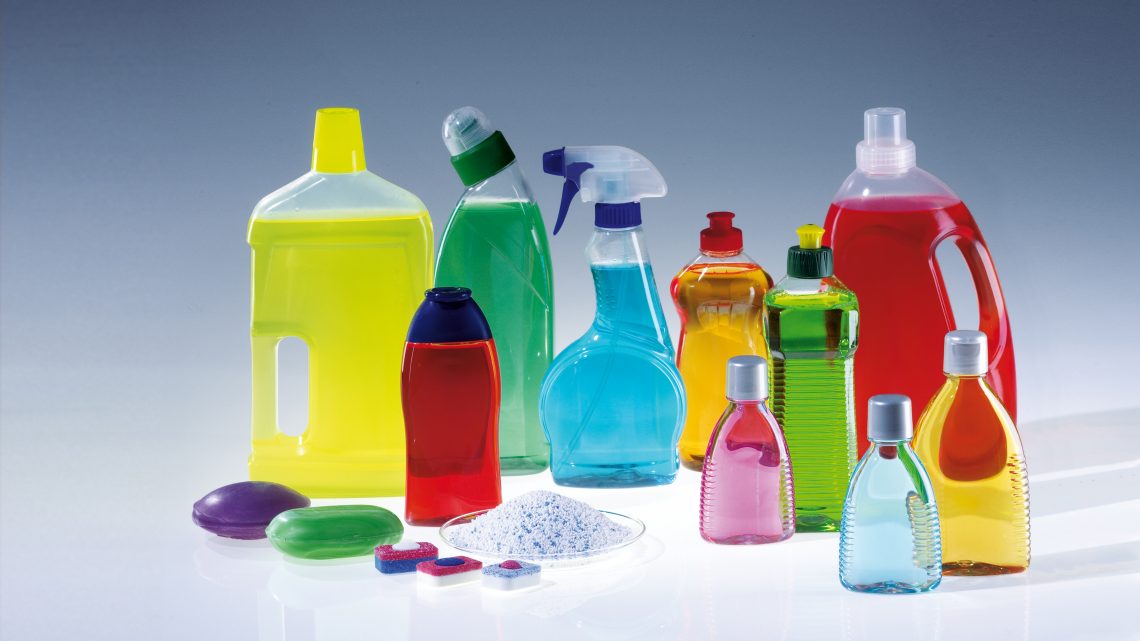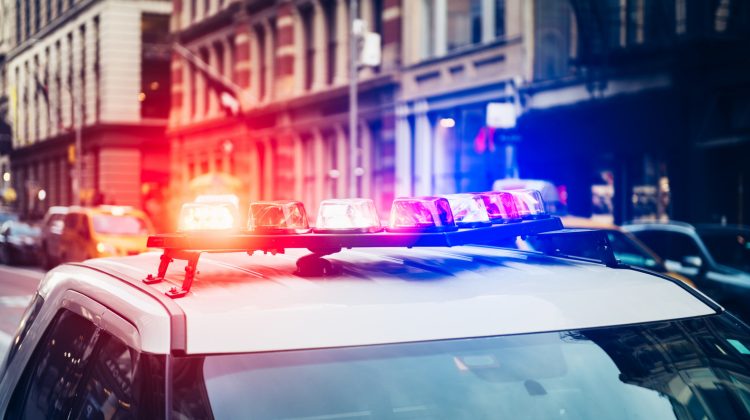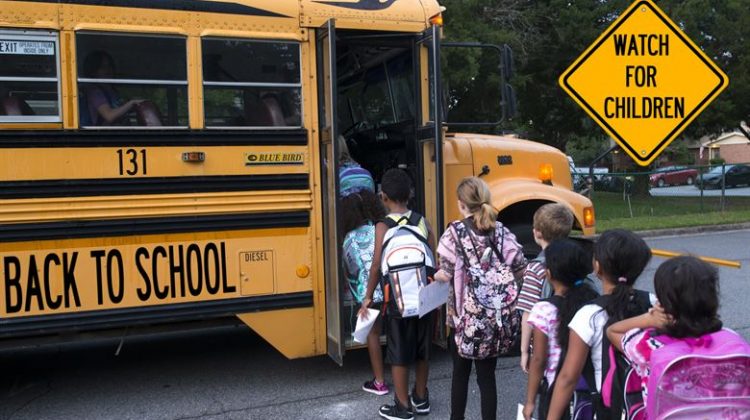You’ve polished the silverware, bleached everything twice and even gutted the gutters.
If this doesn’t sound fun enough yet, most spring cleaners are forgetting one thing in between closet shedding and floor waxing- safety. And not the “avoid heavy lifting so you don’t throw out your back” kind of safety- actual household safety.
There’s a few important items around your house that need and require annual attention. Luckily, you should run into all of them while on the spring cleaning rampage.
Sound the Alarms
Smoke Alarms:
Three out of every five home fire deaths occur in houses with either non-working or no smoke alarms. While they may be a pest when falsely triggered by burnt food, smoke alarms save lives every year. While dusting off those high ceilings, take the time to replace the alarm’s batteries- chirping or not, alarms need new batteries once a year.
To ensure you family stays safe, remember to test all of your smoke alarms once a month and replace the entire detector every ten years. And to really kick your “spring safety cleaning” into high gear consider wirelessly interconnecting smoke alarms so when one goes off, they all do. For self-explanatory reasons, the Consumer Product Safety Commission found this to be the most effective way of alerting the entire household of a fire.
Carbon Monoxide Detectors:
Similar to smoke detectors, take the deep clean down to the carbon monoxide detectors. These vital detectors are easier to forget about, but equally important. Change the batteries and check on the gas sensors. The test button only checks the battery, so you’ll need to replace or recalibrate the detector at least every five years even if the test button works.
Fire Extinguishers:
Do you know where it is? Are you positive you know how to properly use it? Do your children? Once the cleaning takes you towards the extinguisher double check it’s fully charged and in good condition. And while you’re there, ask your family members if they know how to use it.
Green is Clean
Before going spray crazy, take a closer look at your cleaning supplies. Unfortunately, “natural” and “nontoxic” aren’t actually interchangeable. Switch out any misleading cleaning products for green ones. But of course, every good cleaner has a few serious chemicals on standby. Make sure these cleaners – bleach, ammonia, rust cleaners, etc – are not leaking and stored out of reach from little hands. Infants, the elderly and the disabled are most at risk for household chemical burns, according to an Orange County burn injury attorney. Again, think bleach, ammonia and even some toilet bowl and drain cleaning products.
SnapChat Filters
It’s hard to forget about the beloved SnapChat filters, but filters are all over your house too- and they’ve been racking up dirt throughout winter. The EPA says indoor air can be five times more polluted than outdoor air, especially after winter when households stay sealed and locked. Clean or replace the filters for your air conditioning unit, furnaces, dryers, vacuums, range hoods, refrigerators and wherever else they may be hiding. The best finish to a solid spring cleaning is fresh air.
Snoop Your Own Bathroom
Sure, it’s not as riveting as sneaking away to the bathroom and scavenging your mysterious new friend’s medicine cabinet but there’s bound to be a few “goodies” you forgot about in the depth of your own medicine drawer. Prescription and over-the-counter drugs all have expiration dates- toss out the old and no longer needed. If it’s particularly potent, check the label for proper disposal methods.
And while you’re playing doctor, check out any first aid kits you keep in the home or the car. Check all the expiration dates and make note of anything going low. If you don’t have a first-aid kit, get one! It may even feel good bringing something into the house after finally downsizing your shoe closet.
Prepare for the Final Wipe
California has earthquakes, Oklahoma has tornadoes, Louisiana gets hit with just about every disaster mother nature has- wherever you live, there are dangers households should be prepared for. And if you really can’t think of a natural disaster, every home is vulnerable to fires. The last step of your safety spring cleaning is reviewing the family emergency plan. Make sure it includes how family members will contact one another if separated, a meeting spot and a getaway plan. Plus, depending on the natural disasters around you, families may also want to store food, water and other supplies to prep for catastrophic events.
And with that, spring cleaning is truly complete. Whether the annual tradition is a chore or therapy, adding these safety precautions to your cleaning routine will help keep your family healthy and safe for the next year.
Photo provided by Flickr: PressReleaseFinder





No Comment